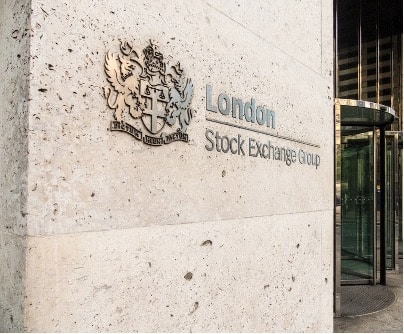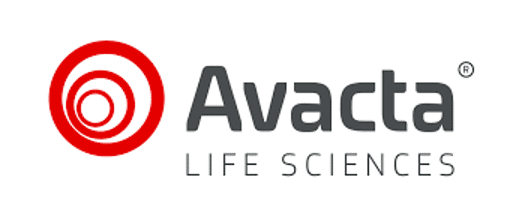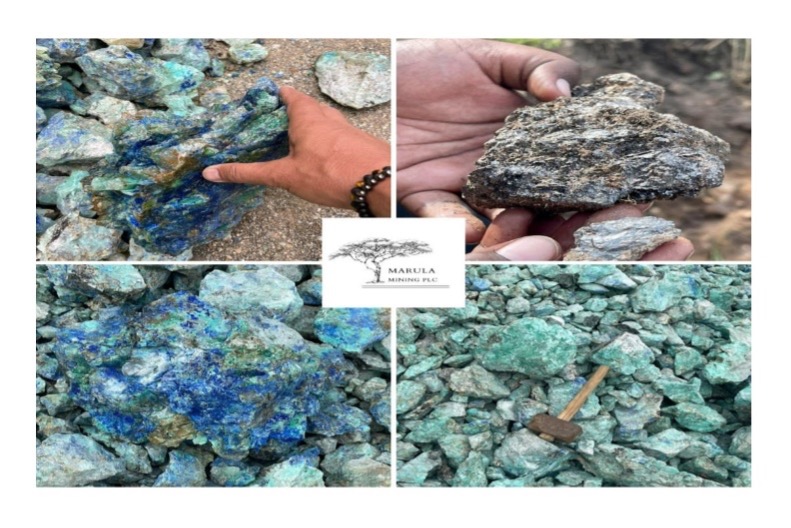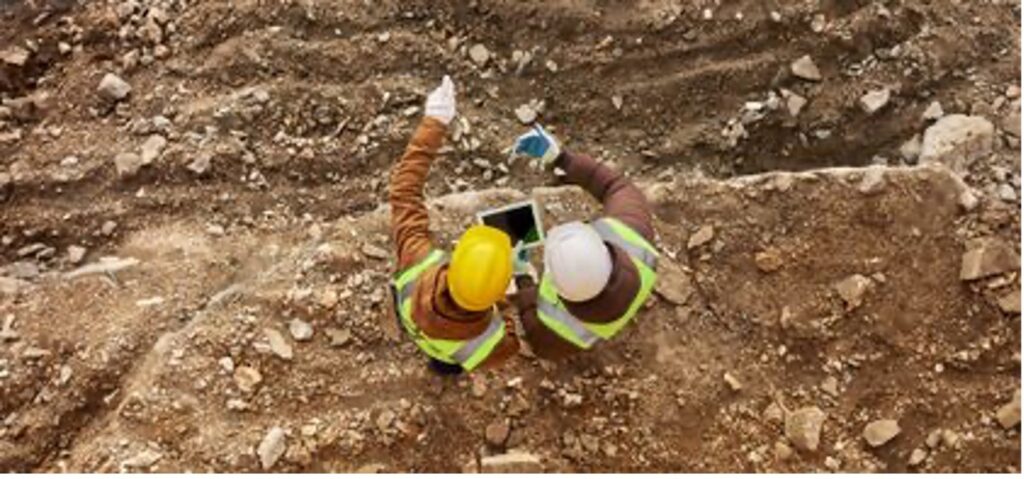FTSE small cap stocks remain my favoured high-risk investments. Here’s 10 to consider for 2023.

After an extremely successful 2022, and having covered dozens of speculative AIM companies, I am currently reviewing my portfolio of small-cap stocks for an even better 2023.
As a caveat — and I have mentioned this before — this is a high-risk investing strategy where there is a good chance of losing capital. To offset this risk, I consider that investing a reasonable sum in a decent S&P 500 tracker within a SIPP is a good idea — though of course cannot offer any advice.
While this is not a comprehensive list of holdings, it does constitute a ‘top 10’ of sorts. It’s worth noting that I rarely trade on leverage, instead preferring to buy shares to hold for the long term.
While I do make exceptions where I consider there to be an exceptional short-term trading case, many of my picks are extremely volatile, adding additional risk to what are usually already risky trades.
As an aside, holding FTSE AIM shares in a Stocks and Shares ISA (annual deposit limit of £20,000) gives you returns free from capital gains or dividend tax, and also holds serious inheritance tax advantages. I won’t go into detail — as again, this is not advice — but my personal perspective is that leveraged trading should only be utilised by those who have maxed out both their SIPP and ISAs in that tax year.
This is a very small number of people.
In no particular order (and fully aware some of these are not AIM shares):
Top 10 high-risk holdings
1. Avacta
Avacta shares rose to as high as 185p on 9 February but have since corrected back down to 134p. Many investors may feel disappointed by this trajectory, especially after an excellent RNS whereby CEO Alastair Smith talked about advancing his ambitions of ‘chemotherapy without the side-effects,’ and a data-filled Science Day.

However, this is a long-term play. It’s worth noting that shareholders remain up over 200% over the past year — and there remains a long pathway from now to regulatory approval of its potentially game changing AVA6000 treatment and associated platforms.
Possible catalysts include a potential NASDAQ listing, a new business-focused CEO, a new strategic partner, or even a full buyout. All speculation at this point.
2. Baron Oil
Baron Oil is similar to Avacta in that the catalytic RNSs have come, and the share price reaction has been muted at best. At 0.17p, BOIL shares are down significantly over the past fortnight — but again, it’s worth noting that shareholders remain 143% up over the past year.
Both Chuditch and Dunrobin prospects have seriously advanced since the year started, and the investment case remains the same: both assets are for sale, and both assets will eventually be sold to major players.
But this may take time.
3. Harland & Wolff
Harland & Wolff is undervalued on fundamental metrics — though it does have debt and also expects to generate a loss over the next two years. Ironically, the tiny market cap is somewhat protecting investors from a share placement — and the company has sourced a reasonable amount of cash to keep operations going for the time being.
The material portion of the £1.6 billion FSS contract, Sunak-related political capital, projected backlog of circa £1.24 billion in revenue on a target margin of 24-27% over the next five years, Islandmagee, and other smaller considerations make HARL one of the most undervalued companies on the market in my view.
4. Premier African Minerals
Premier African Minerals is not my favourite AIM stock in the same way as a parent does not have a favourite child. However, it’s up several thousand percent since my initial investment in mid-2019, and the company remains on track to deliver first production at the Zulu Lithium project within the next four weeks.
Chinese investment into PREM and recent movements of a certain billionaire leads me to believe that a full buyout could come soon, pending quality production results.
5. Marula Mining
Marula only hit my portfolio in early December, but the original investment has already tripled. The company plans to launch its FTSE AIM IPO this quarter, and boasts holdings in promising lithium, copper, graphite and rare earths projects across a variety of African states.

Backers include a subsidiary of Traxys SARL and Q Global Commodities Group — neither of which part with their cash lightly. Having averaged up over the past few weeks, I expect the share price will increase again after the company gains the respectability of AIM.
Like the rest of my holdings, I expect to keep MARU shares for the next few years.
6. Union Jack Oil
Union Jack Oil boasts a variety of promising UK-based assets, but the basic investment case hinges on operations at its flagship Wressle project, where it holds a 40% economic interest alongside partners Egdon Resources and Europa Oil and Gas.
Wressle generated $13 million in net revenue as of last month and Research-Tree analysis by Shore and Arden is forecasting circa £8 million in revenue for the full-year for all projects.
Further, the company is profit-making, has paid its maiden dividend, is engaging in share buybacks, and in mid-February Executive Chairman David Bramhill personally assured me that there would be ‘no placing for the foreseeable future.’
With a £30 million market cap, UJO is a buy for me based on pure old-school fundamentals.
7. Greatland Gold
Greatland Gold is a London-listed mining developer and explorer focused on precious and base metal projects scattered throughout Australia. The company’s flagship asset is its 30% holding in the world-class Haverion project, just 45km from senior partner Newcrest’s Telfer mine.
Haverion is a world-class resource, and capex costs to development will be comparatively low as ore can be processed at the Telfer plant.
Throwing a spanner in the works, titan Newmont is preparing an improved bid for Newcrest — which depending on terms could be excellent or disastrous for GGP’s share price.
8. Kodal Minerals
Kodal Minerals recently announced a conditional funding package worth $117.75 million, agreed with Hainan Mining and its subsidiary Xinmao Investment Co.
Hainan is pouring $100 million into new joint venture subsidiary Kodal Minerals UK, which will be majority (51%) owned by Hainan, with mining work at key project Bougouni in Southern Mali managed by Kodal.

This more than covers the $65 million required to bring the company’s proposed DMS plant to production, leaving $35 million for working capital, further drilling, increased exploration and any additional or underbudgeted costs (not uncommon in the mining industry).
In addition, Hainan has subscribed to $17.75 million of Kodal Minerals shares at 0.5p, a 108% premium to the prior day’s closing price, giving the company a circa 14.8% stake in Kodal Minerals.
The DMS should come online in around 12 months, and will be able to ramp up to 130,000tpa of spodumene concentrate in short order, seeing the JV deliver over $1 billion of revenue in less than four years.
9. GENinCode
GENinCode’s portfolio of products includes personalised medicine genetic tests that measures the risk of a patient suffering issues such as a cardiovascular event, familial hypercholesterolemia, thrombophilia, or sudden cardiac death, by combing genetic factors with traditional risk factors, and then proposing recommendations to reduce any risks.
GENI shares spiked this year after receiving California state licensing approval and CLIA certification for its Irvine laboratory in early January, enabling the provision of its products for the risk assessment of CVD to patients across almost every state in the United States.
This ‘major milestone in the commercialisation’ of the Cardo inCode and Lipid inCode products means that GENI can now expect to generate revenue across the pond starting this year.
CEO Matthew Walls has hailed the ‘tremendous work effort to deliver these approvals representing a major advance in the Company’s commercial programme.’
This is a long-term growth play that I think will end with a buyout.
10. Mkango Resources
Mkango’s flagship project is the world-class Songwe Hill Rare Earths Project in Malawi. The project’s definitive feasibility study estimated a post-tax net present value (NPV) of $559 million, with post-tax life-of-operations nominal cash flow of $2.1 billion, and with upfront capex costs of $311 million.
Songwe has already received approval of its Environment, Social and Health Impact Assessment (ESHIA), and is awaiting MDA (mine development agreement) approval, a key step towards project financing and development, and an eventual mining licence.
When the mining licence is granted, I think that a strategic investor — most likely Chinese — will come on board, which would see the company able to access a large portion of the $559 million NPV.
Alternatively, Songwe will be sold entirely, with the proceeds to be fed into MKA’s opportunities across its exploratory projects, and rare earths processing plants in the UK, Germany, Poland, and the US.
This article has been prepared for information purposes only by Charles Archer. It does not constitute advice, and no party accepts any liability for either accuracy or for investing decisions made using the information provided.
Further, it is not intended for distribution to, or use by, any person in any country or jurisdiction where such distribution or use would be contrary to local law or regulation.
